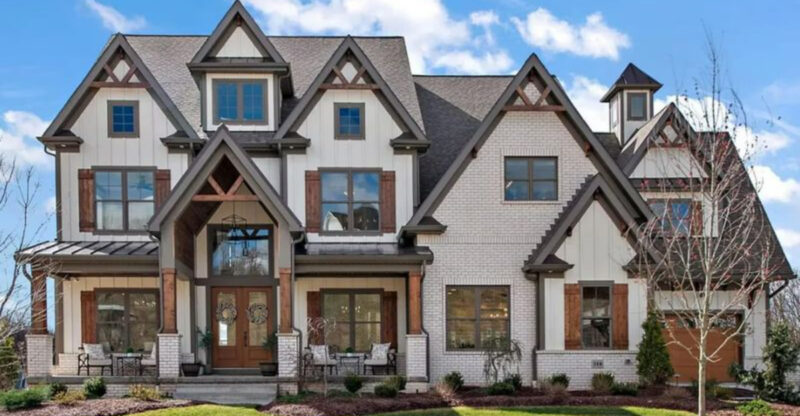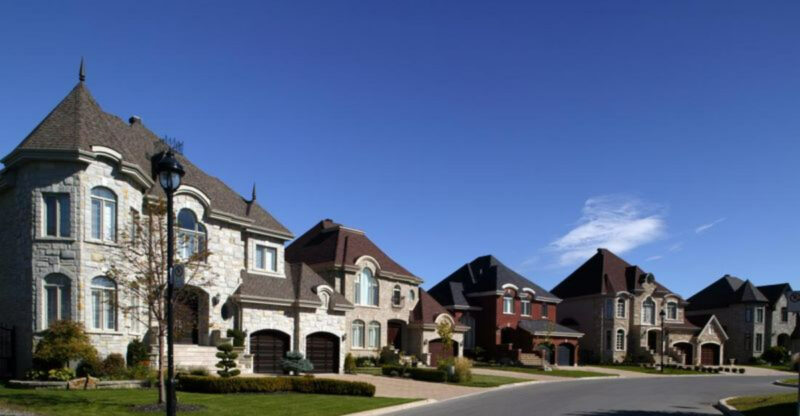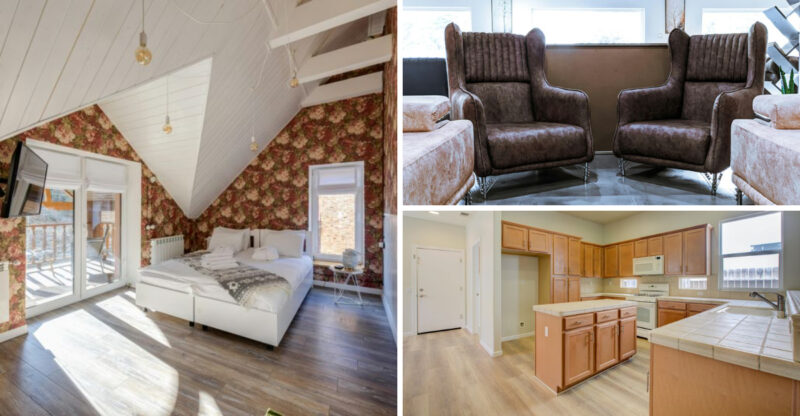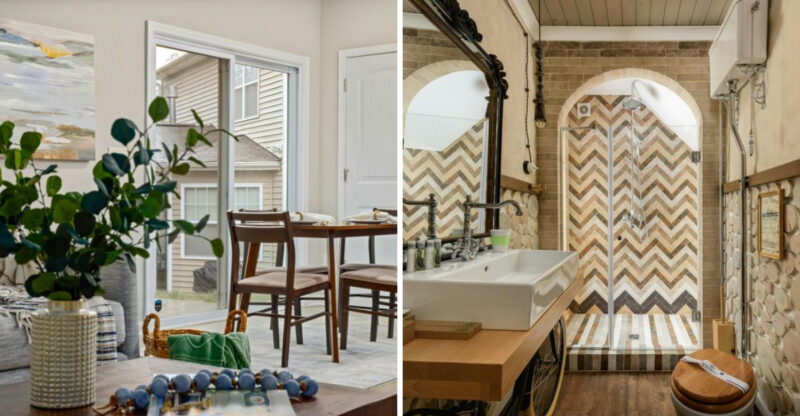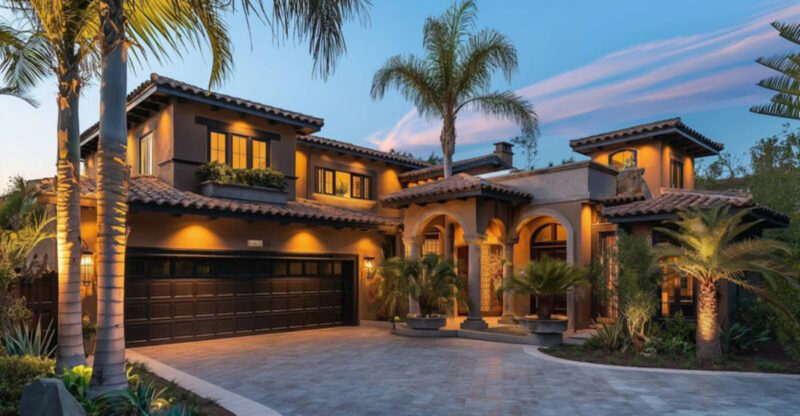9 Wyoming Home Features That Could Become Outdated By 2030
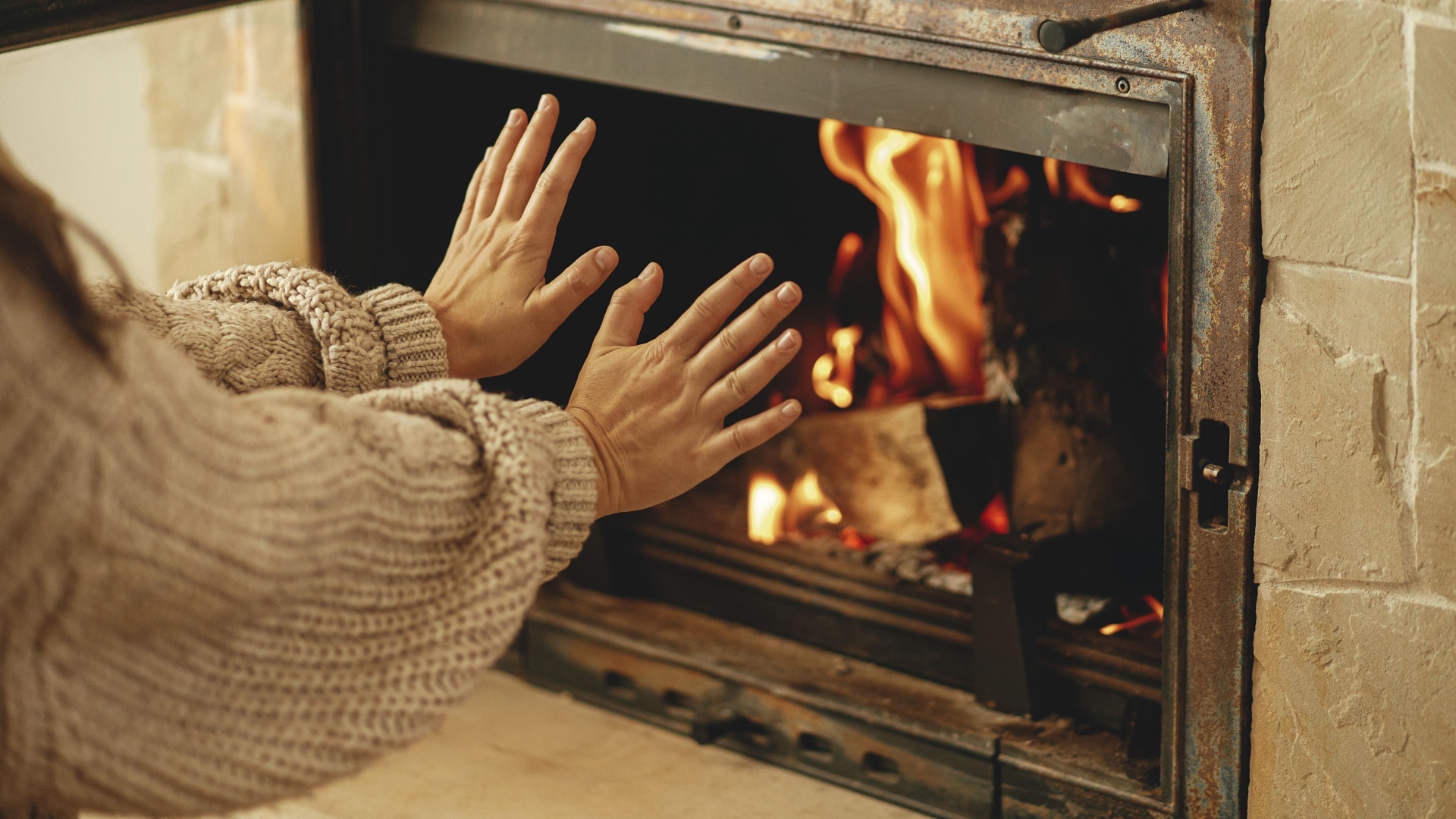
Wyoming homes have long been built to withstand harsh winters and embrace the state’s rugged landscape. But as technology advances and climate patterns shift, many traditional home features might soon feel as outdated as wagon wheels on a Tesla.
What elements of your Wyoming home could become relics of the past by 2030? Here’s a look at nine features that might not stand the test of time.
1. Massive Heating Systems
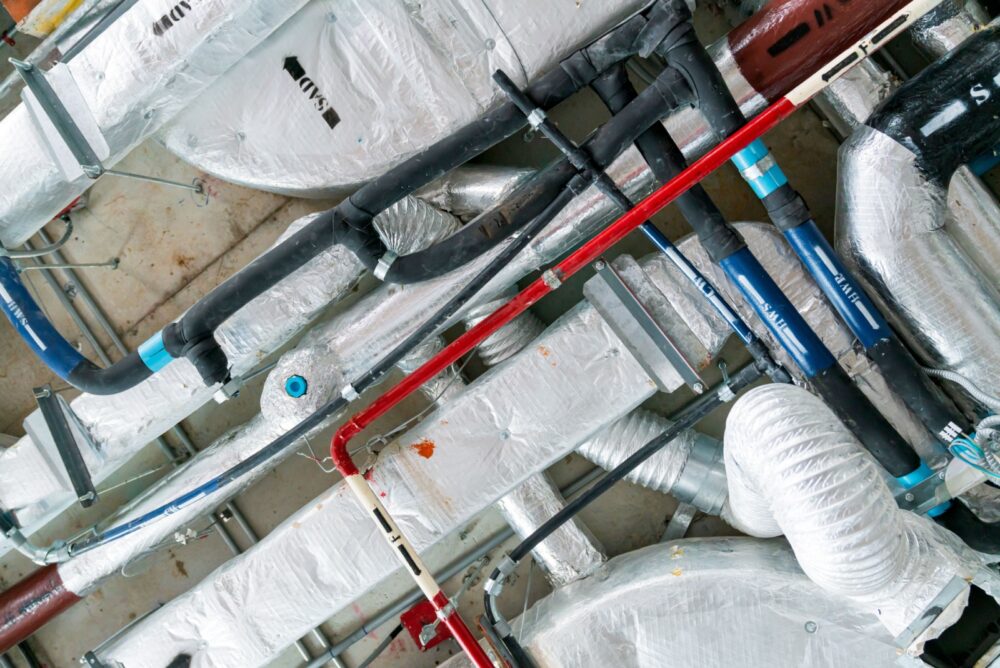
Giant furnaces dominating Wyoming basements are headed for extinction. Modern heating technology has shrunk while efficiency has soared, making today’s bulky systems look like dinosaurs.
Compact heat pumps and zone-based systems now deliver more warmth using a fraction of the energy and space. Even in Wyoming’s coldest corners, these smart systems adjust automatically to weather conditions.
Homeowners already replacing old furnaces are opting for systems half the size with double the efficiency. By 2030, walking into a home with a traditional furnace might feel like spotting an 8-track player in someone’s living room.
2. Wood-Burning Fireplaces
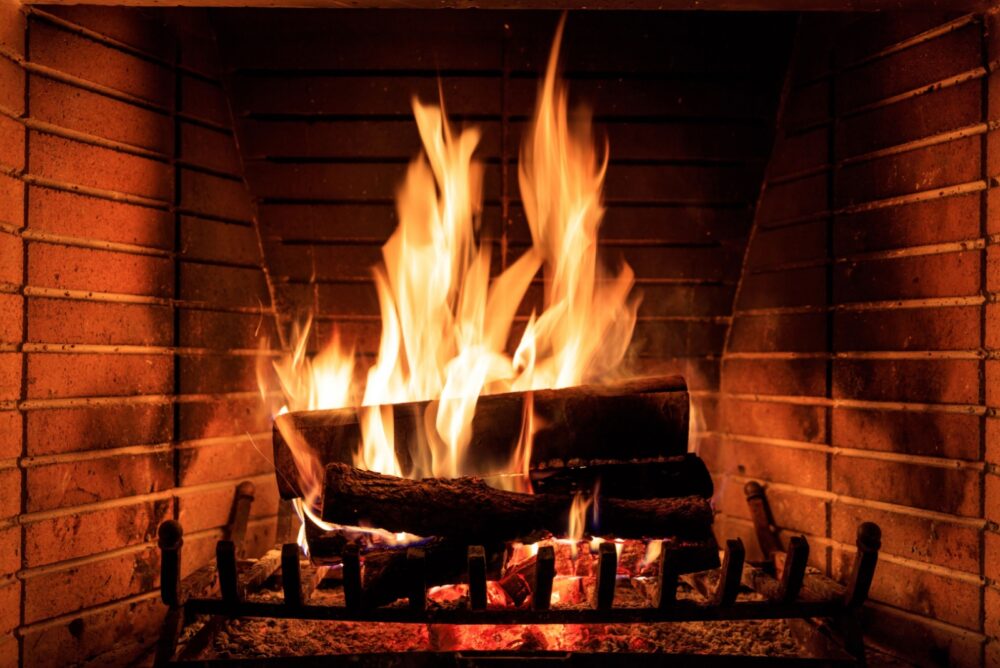
Nothing says Wyoming like a crackling fireplace on a snowy evening. Yet these cherished hearths face mounting challenges from air quality regulations and insurance requirements.
Electric fireplaces now mimic real flames with surprising realism while smart gas inserts offer remote control convenience without the smoke. Maintenance-free alternatives eliminate chimney cleaning, wood storage, and ash disposal headaches.
Rural Wyoming might hold onto this tradition longer than urban areas, but by 2030, traditional wood-burning fireplaces could become luxury items requiring special permits rather than standard home features. Many new builds already skip them entirely.
3. Standard-Height Countertops
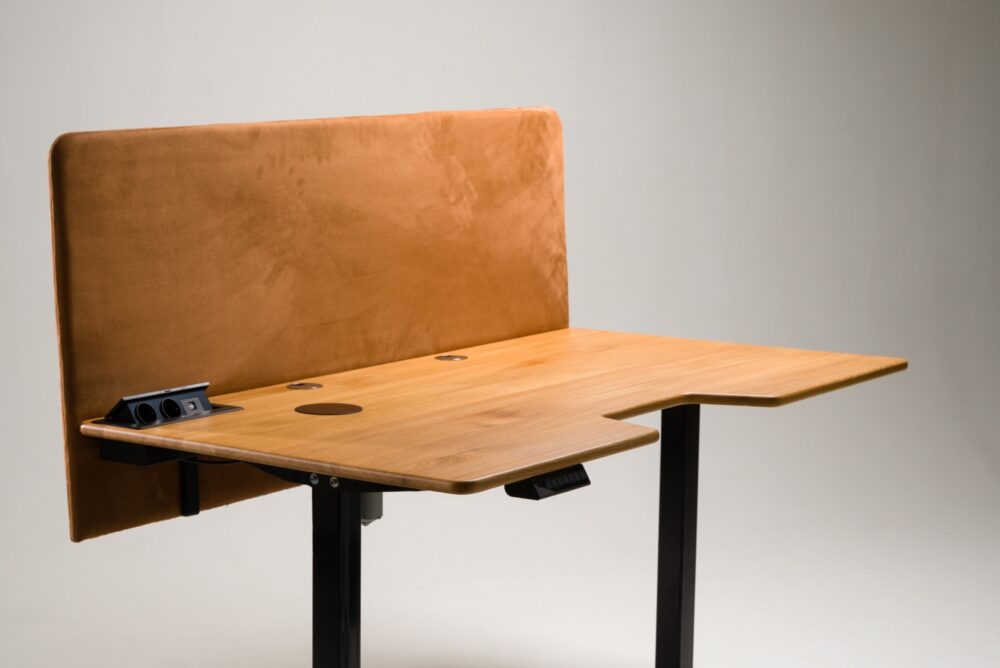
The one-size-fits-all approach to kitchen design is vanishing faster than snow in April. Wyoming homeowners increasingly demand countertops tailored to their actual height instead of the standard 36 inches.
Adjustable-height islands and sections with varying elevations allow everyone from children to tall adults to work comfortably. Smart countertops with built-in scales, cutting boards, and wireless charging are replacing featureless surfaces.
Ergonomic considerations now drive kitchen renovations as homeowners realize the back strain caused by poorly fitted work spaces. By 2030, static countertops might seem as outdated as harvest gold appliances do today.
4. Single-Pane Windows
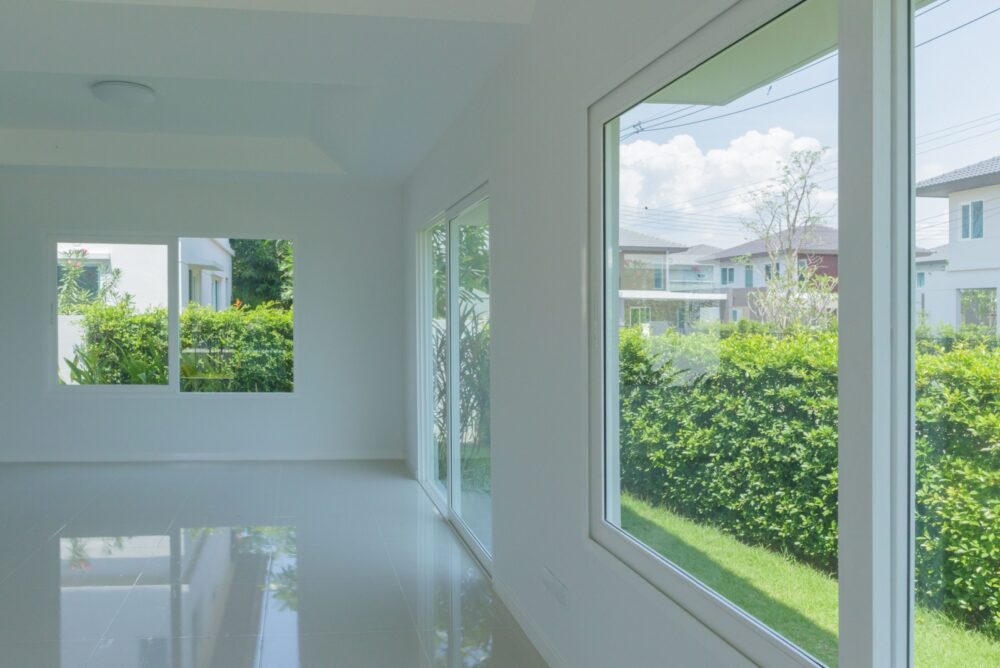
Surviving Wyoming winters with single-pane windows is like wearing a windbreaker in a blizzard. These energy-wasting relics still cling to life in older homes across the state, but their days are numbered.
Triple-pane smart windows now adjust tinting automatically based on sunlight and can generate electricity through transparent solar technology. Some newer models even change from clear to opaque with the push of a button for instant privacy.
Energy codes grow stricter each year, making single-pane windows increasingly difficult to justify. By 2030, homes still sporting these drafty glass sheets will face significant value depreciation and potentially fail energy inspections.
5. Dedicated Home Offices

Remember when the pandemic made everyone scramble to create home offices? Wyoming’s housing market responded with dedicated workspaces in nearly every new build. But this trend faces a rapid reversal.
Flexible spaces that transform from office to guest room to workout area are replacing single-purpose rooms. Furniture now hides technology when not in use, allowing spaces to serve multiple functions without looking cluttered.
Remote work continues evolving toward hybrid models requiring less permanent setup. By 2030, walking through a home with a room that can only function as an office might seem as limiting as having a dedicated room just for your telephone once did.
6. Traditional Lawns
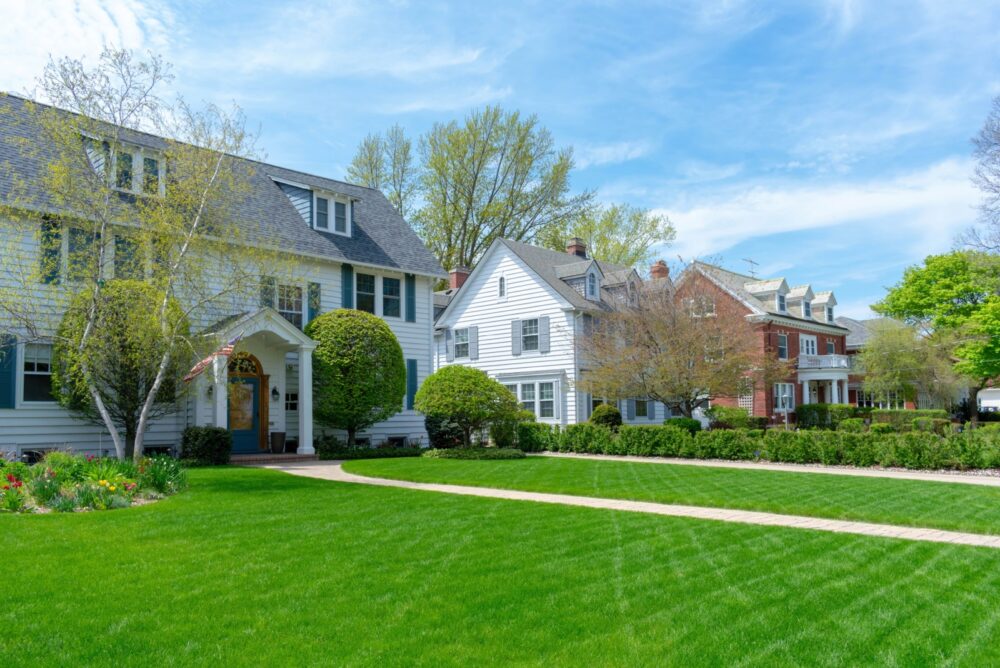
Green grass lawns stick out like sore thumbs against Wyoming’s natural landscape. Thirsty, high-maintenance carpets of non-native grass demand constant attention and precious water resources in our arid climate.
Native landscaping featuring drought-resistant Wyoming plants creates beautiful, low-maintenance yards that support local wildlife and pollinators. Water-wise designs incorporating local stone, native grasses, and xeriscaping principles blend seamlessly with the surrounding environment.
Water restrictions continue tightening across the West. By 2030, conventional lawns might be viewed as wasteful relics, with many communities implementing restrictions or additional water fees for maintaining these outdated status symbols.
7. Fixed Bathroom Fixtures
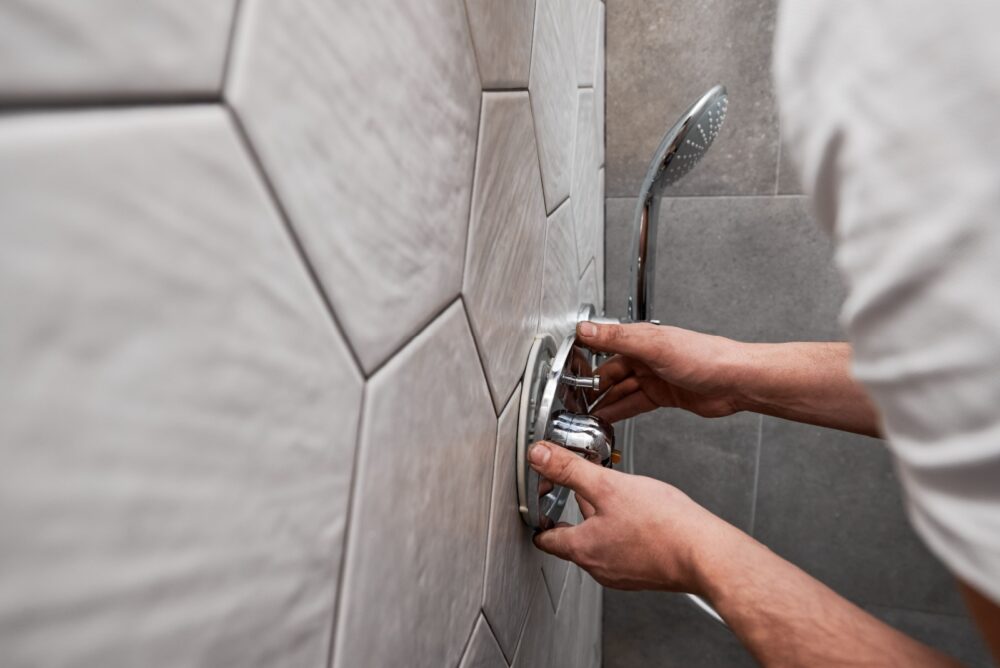
Wyoming’s aging population is driving a revolution in bathroom design. Static shower heads, rigid-height toilets, and unmovable sinks are giving way to adjustable alternatives supporting aging in place.
Walk-in showers with no threshold, adjustable-height sinks, and comfort-height toilets with bidet functions now come standard in new construction. Smart mirrors display health data while touchless fixtures reduce germ spread.
Universal design principles make homes accessible to all ages and abilities without looking institutional. By 2030, bathrooms with fixed features may significantly impact resale value as buyers increasingly expect flexibility and technology integration in these essential spaces.
8. Separate Living And Family Rooms
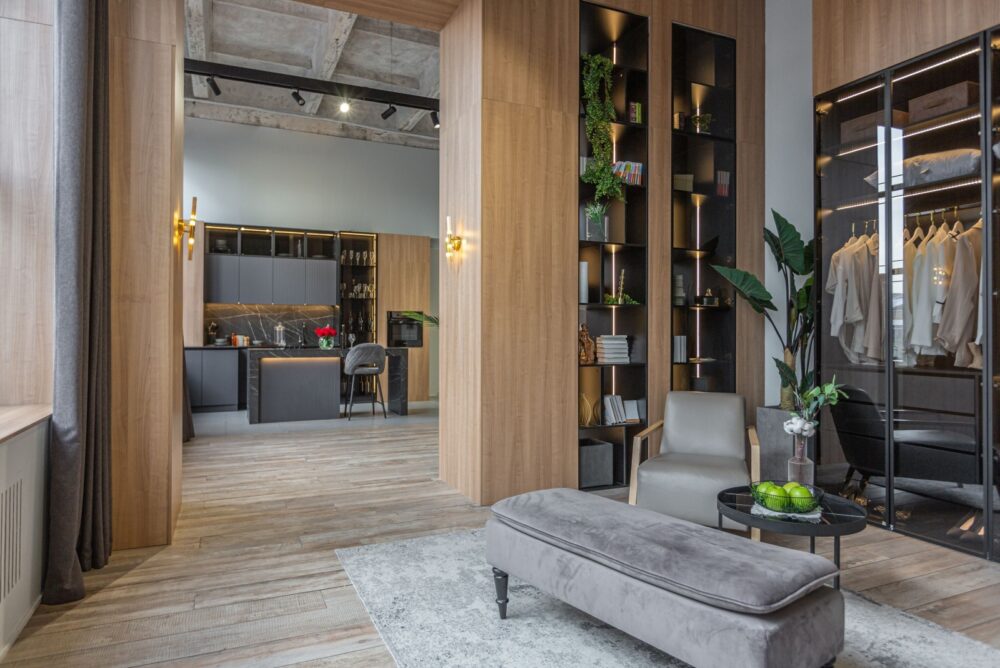
Wyoming homes traditionally featured formal living rooms rarely used except for special occasions. These wasted spaces are disappearing as families prioritize functionality over formality.
Open-concept designs with versatile zones for different activities have replaced rigidly defined rooms. Movable partitions and flexible furniture arrangements allow spaces to expand or contract based on needs, perfect for Wyoming’s indoor winter months.
The pandemic highlighted the importance of adaptable living spaces. By 2030, homes with separate, single-purpose living rooms might feel as antiquated as parlors from the Victorian era, with buyers questioning why precious square footage is dedicated to a room that sits empty most days.
9. Standard Electrical Systems
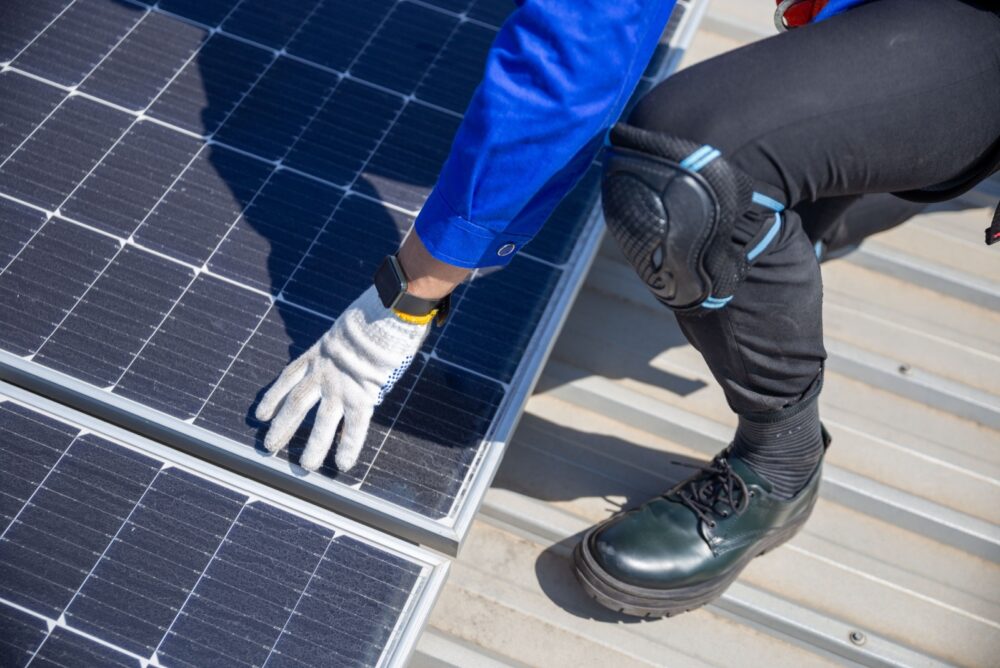
Wyoming’s vulnerability to power outages during winter storms makes traditional electrical systems increasingly problematic. Standard setups without battery backup or solar integration leave homeowners literally in the dark when grid problems occur.
Modern homes now incorporate solar panels, whole-house batteries, and smart load management systems that prioritize essential circuits during outages. Vehicle-to-home technology allows electric trucks to power houses during emergencies.
Wyoming’s abundant wind and solar resources make renewable integration increasingly practical. By 2030, homes without some form of energy independence or backup power may seem dangerously unprepared, especially as extreme weather events become more common across the state.

